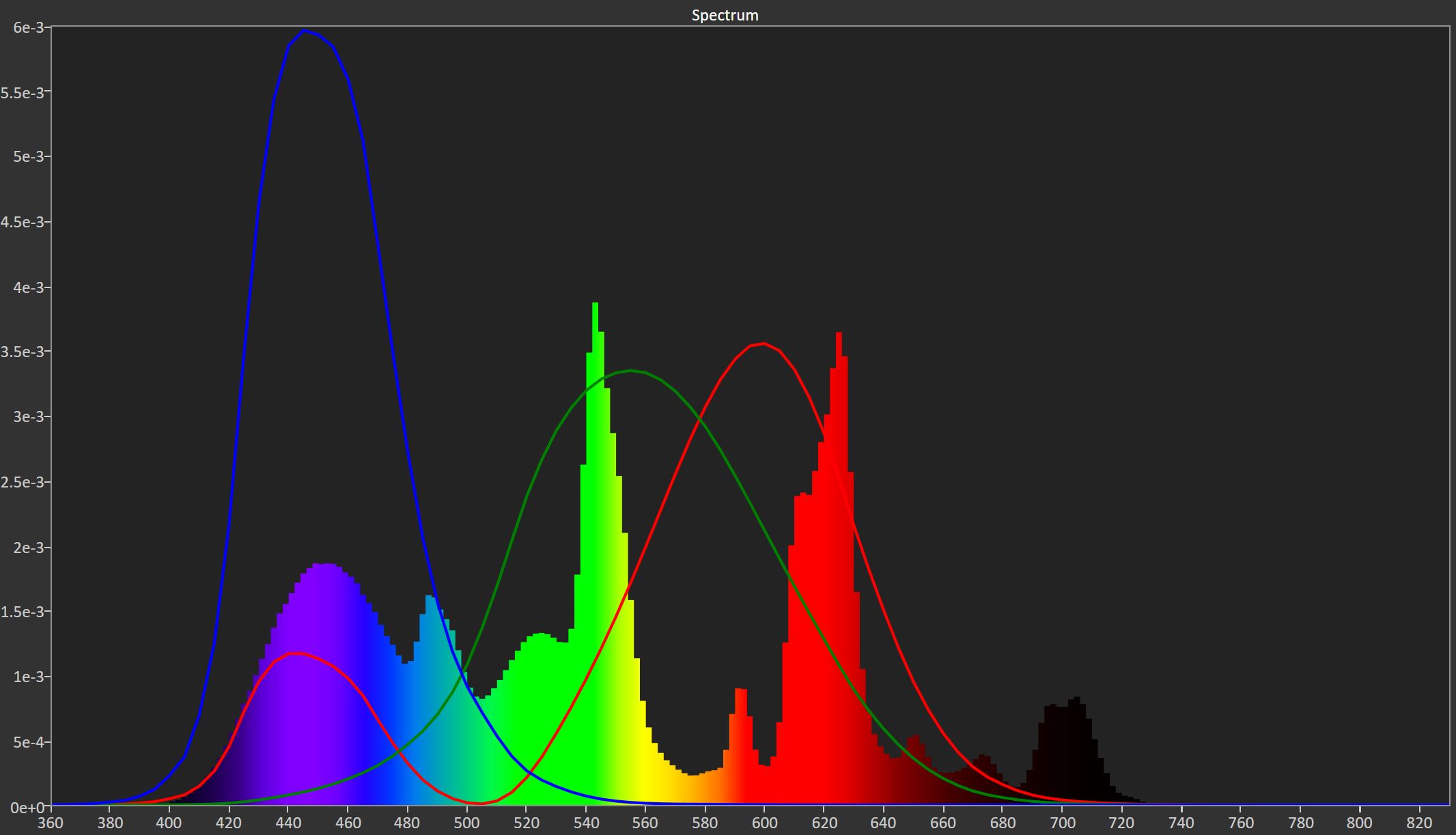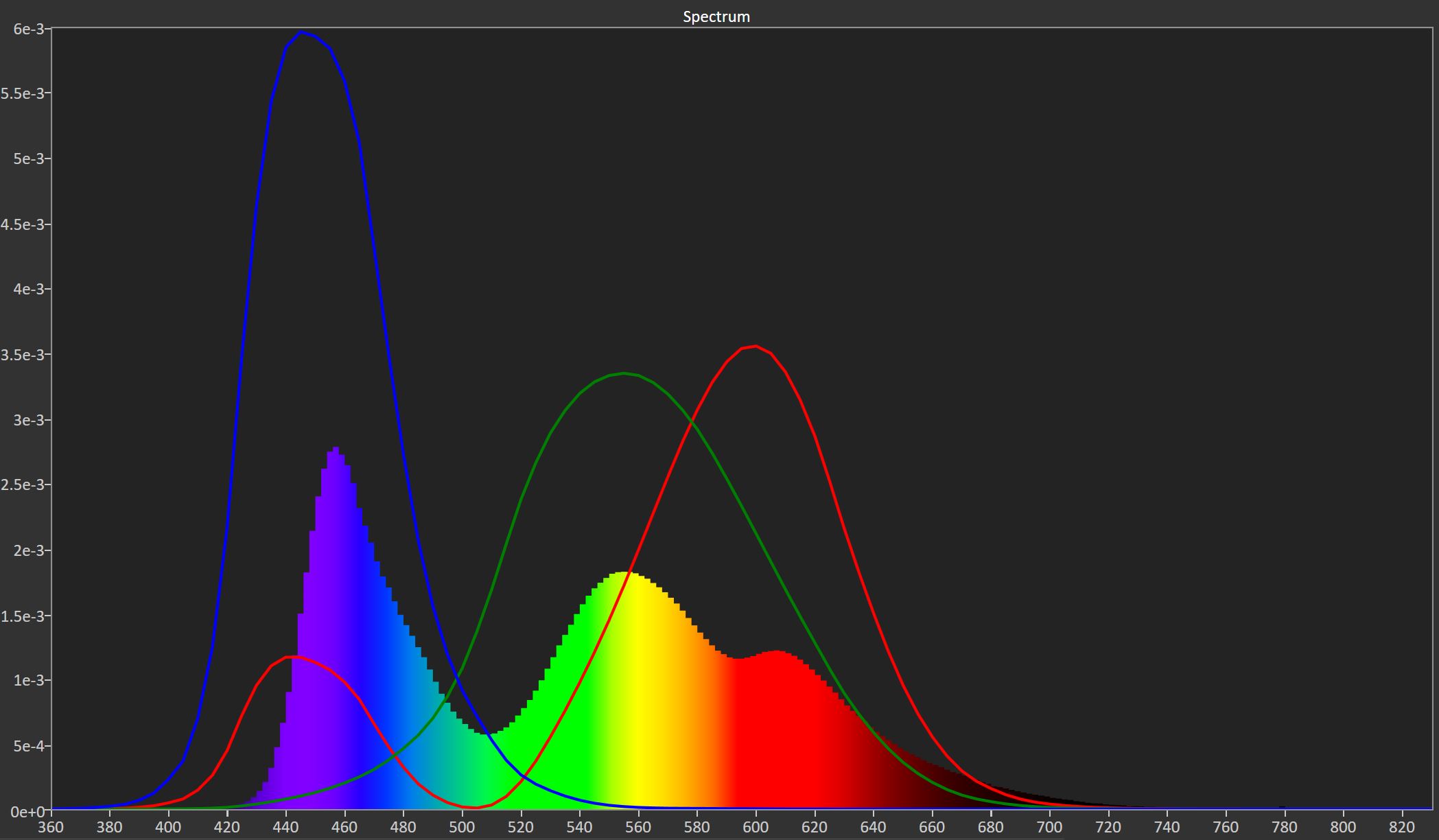Home › Forums › Help and Support › Calibration – inconsistent results
- This topic has 10 replies, 4 voices, and was last updated 4 years, 4 months ago by
 Vincent.
Vincent.
-
AuthorPosts
-
2019-12-06 at 0:57 #21462
Hi,
I’m new to DisplayCal and pretty confused by it.
I have two monitors: Asus Rog swift pg279q and Acer Nitro VG270Ubmiipx and I’m using the Spyder5. I get pretty inconsistent results between both of them. For the Asus, depending on the currently selected mode of the monitor, I also get drastically different results, although the software shows that I have made the correct RGB adjustments every time. And between each calibration looking different and the two monitors appearing different from each other I have no idea if either one is correctly calibrated.
I don’t know if there is a problem with the settings I’m using the software with or the settings of the monitors themselves. Basically I’ve no idea what to do. I should say that I’m in game development, so I’m not particularly interested in my work looking good on print, but I do need to know that the creative decisions I’m making are not skewed by a wrong monitor calibration.
I’m attaching an image with the settings I’m currently using, after looking up tutorials online, and one that illustrates the problem.
-
This topic was modified 4 years, 4 months ago by
 ellie.yankova.
ellie.yankova.
Attachments:
You must be logged in to view attached files.2019-12-06 at 13:59 #21483Hi,
see the FAQ for visual whitepoint matching.
2019-12-06 at 17:19 #21496the problem is the LED light
only black body emitters like CRT or Plasma tvs can be calibrated to LOOK like reference to our eyes.
todays displays will allways looks different.
Narrow spectra bandwidth with diffuse color cones makes colors to leak light as we sees them.
metameric issues is another problem
take your grandma over and she will see the displays different than what you do
-
This reply was modified 4 years, 4 months ago by
 Patrik Gardewall.
Patrik Gardewall.
-
This reply was modified 4 years, 4 months ago by
 Patrik Gardewall.
Patrik Gardewall.
2019-12-07 at 14:16 #21507the problem is the LED light
only black body emitters like CRT or Plasma tvs can be calibrated to LOOK like reference to our eyes.
todays displays will allways looks different.
Narrow spectra bandwidth with diffuse color cones makes colors to leak light as we sees them.
That is a nonsense.
CRTs & plasmas are not blackbody emitters and they have very narrow spectral power distribution in red. Anyone can check the nonsense of your post if we take a look on SPDs distributed with DisplayCAL for i1d3, for example Plasmas:

This is no “broad” spectral power distribution, this is no blackbody-like spectral power distribution filtered by “hill-like” RGB filter.Although metameric failure caused by observer is real, innaccuracy of meassurement device or the lack of accurate corrections for colorimeter measuring that backlight is another portential source of error. Without a reference measurement instrument, Florian’s advice could be the fastest way to solve it.
-
This reply was modified 4 years, 4 months ago by
 Vincent.
Vincent.
Calibrite Display Pro HL on Amazon
Disclosure: As an Amazon Associate I earn from qualifying purchases.2019-12-07 at 14:31 #21511its doesnt matter what charts you get
Glowing material allways renders colors better and more natural than any LED light today
this is the SPD from an Pioneer PRO -101FD

And this is the low energy mess you get with OLEDs today (LG C8 OLED)

where is the peaks?
this Green/Yellow/Red mess give the effect that those colors leaks light as we sees them.
colors are not strong and pure with this type of SPD
another problem here is the dominating Blue energy
that skews the tone to the colder side in the picture even after calibration.
and as you might know,if the primary colors looks off white doesnt look right either which is the case with todays tv.
LED light is an poor mans light that only has the benefits of draw less power and produce less heat.
Quality wise its an mess
-
This reply was modified 4 years, 4 months ago by
 Patrik Gardewall.
Patrik Gardewall.
-
This reply was modified 4 years, 4 months ago by
 Patrik Gardewall.
Patrik Gardewall.
-
This reply was modified 4 years, 4 months ago by
 Patrik Gardewall.
Patrik Gardewall.
2019-12-07 at 15:03 #21515its doesnt matter what charts you get
It matters, it proves that your post is a nonsense and that you do not understand what is a blackbody emitter.
Glowing material allways renders colors better and more natural than any LED light today
Several types of LED backlight with very different spectral power distributions not close to your examples.
But it looks that you don’t even know them.this is the SPD from an Pioneer PRO -101FD

And this is the low energy mess you get with OLEDs today (LG C8 OLED)

where is the peaks?
In blue. It also means that you do not understand the source of observer metameric failure. From those to SPDs, “Pioneer PRO -101FD” is the one that is more likely going to cause observer metameric failure = that you and a superb lab-grade measurement device see different colors like a white that does not look white to your eyes.
this Green/Yellow/Red mess give the effect that those colors leaks light as we sees them.
colors are not strong and pure with this type of SPD
another problem here is the dominating Blue energy
that skews the tone to the colder side in the picture even after calibration.
and as you might know,if the primary colors looks off white doesnt look right either which is the case with todays tv.
LED light is an poor mans light that only has the benefits of draw less power and produce less heat.
Quality wise its an mess
Educate yourself on CIE XYZ colorimetry and sources of observer metameric failure. There is an interesting paper from RIT regarding what happens with the kind of “pure” light sources you name.
Once you understand the basic you can come here again and talk about this.
-
This reply was modified 4 years, 4 months ago by
 Vincent.
Vincent.
2019-12-08 at 14:57 #21538Sooooo…Is there anything I can do to get them calibrated properly or am I to understand that it’s a lost cause…?
2019-12-08 at 15:05 #21539–
-
This reply was modified 4 years, 4 months ago by
 ellie.yankova.
ellie.yankova.
2019-12-08 at 15:07 #21540The FAQ is in this forum, pinned at the top.
2019-12-08 at 15:07 #21542Hi,
see the FAQ for visual whitepoint matching.
What exactly are you referring to? I couldn’t find that specific faq anywhere on the site. Also, wouldn’t using a visual method defeat the purpose of having and using a piece of hardware that’s supposed to be much more accurate than any visual method?
Sorry if I’m asking uneducated questions that have obvious answers, I am breaching this topic for the very first time and my involvement with it extends to ‘I make video game art and I want it to look right’.Thanks for taking the time to help me out!
2019-12-08 at 15:08 #21544Sooooo…Is there anything I can do to get them calibrated properly or am I to understand that it’s a lost cause…?
There are 3 possible sources of that visual mismatch:
-innacurate device that only can be corrected properly with a reference instrument. Not cheap solution if you cannot borrow it.
-accurate device (very unlikely in a Spyder5) but missing proper spectral correction for each display backlight. IDNK which backlights use that displays. This can be the typical situation with an i1d3 colorimeter.
-accurate device, accurate correction (very unlikely in your situation) but observer metameric failure. That means that a lab grade measurement device and your eyes do not see the same “colors” because there is a variability between humans and the “mean/typical” observer that models human vision “standard observer”. This can be corrected using what Florian says.
So, if you canot get a reference device or at least a better behaved measurement device to discard options 1 & 2, use what Florian said in 1st message: visual match.
-
This topic was modified 4 years, 4 months ago by
-
AuthorPosts